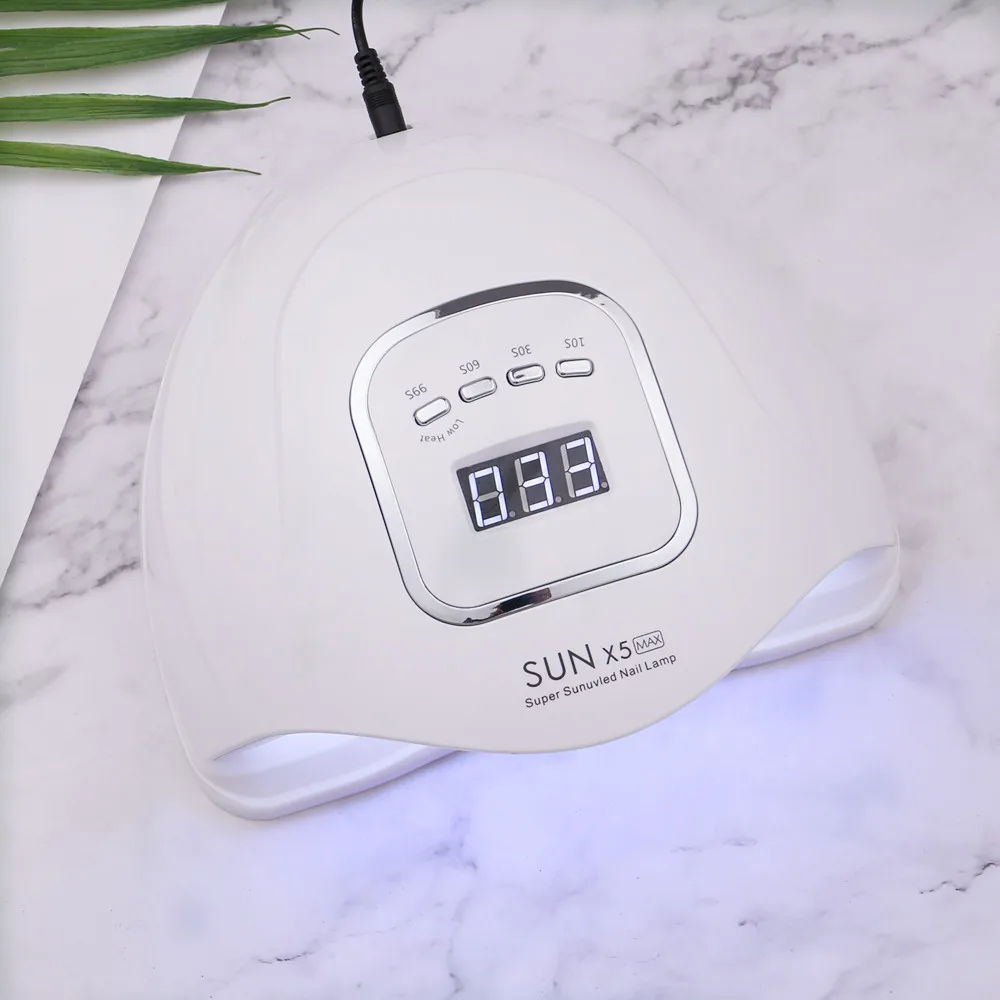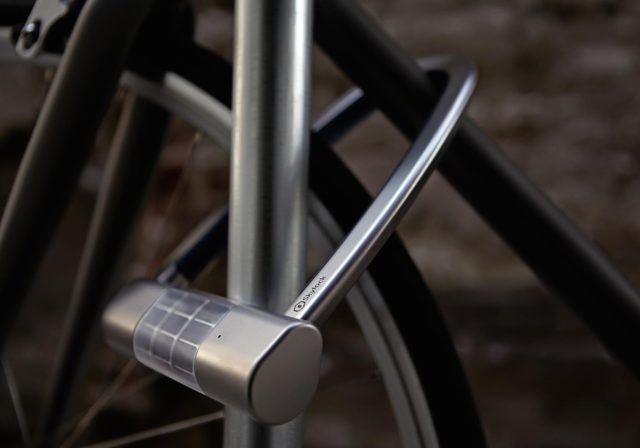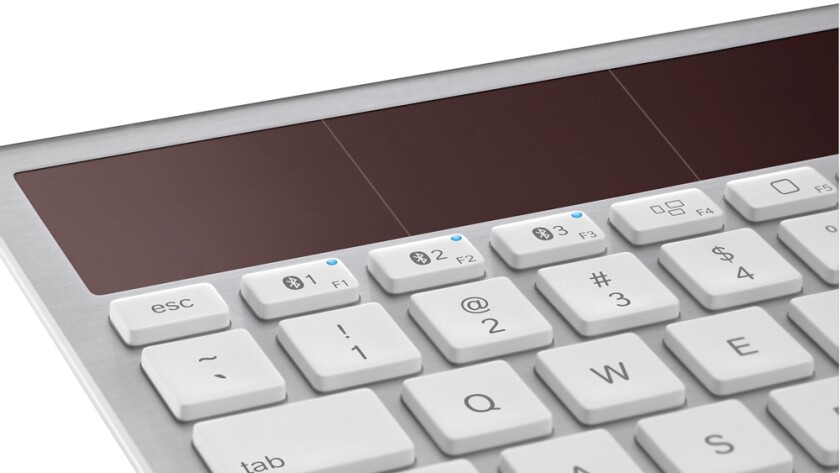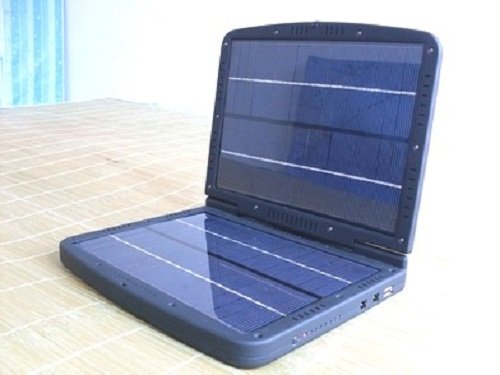

The next time there is limited sunlight, you should use these alternatives to ensure you will have light during the dark hours. However as tiresome it is, it produces good results. If need be, you can try to use a mirror to redirect the sunlight to your lights reposition your solar panels in the direction of the reflected light.

Ensure you do not place the solar panel in the shade when the sunlight is limited. Put it at an angle where it can directly face the sun as it moves, move the solar panel too. You should also move the solar light to a position in which it can easily receive the limited sunlight. You can use a microfiber cloth to clean the dirt off. When cleaning use clean water and don’t use detergents that can make it hard for the solar batteries to charge. Cleaning any dust or dirt off the surface of the panel will help charge the solar panel more efficiently and make better use of the limited sunlight. When charging in indirect sunlight, you need to clean the solar panels to ensure maximum light penetration.

However, when the sunlight is too much, ensure you have a charge controller to prevent it from affecting the batteries or solar components. The light receptors in solar panels tend to convert the slightest light to electric energy. However, when cloudy days persist and only a low charge is obtained, it may affect the life and efficiency of the battery. They are mainly found in areas that experience winter longer than the summer. However, this leads to a low charge and the solar panel will not light for too long. There are certain solar panels that are customized to charge even in low-sunlight conditions, like when it is cloudy. When exposed to high-intensity light in the evening, their sensitivity may decrease over time therefore, keep them away from artificial light as much as possible during the night. This is important when you don’t have indoor lighting like when you are camping.Īvoid placing solar lights near street lights. When far from home, you can use LED lights to charge the solar lights. However, both the sun and LED light have a distinctive spectrum that is useful in charging. Just like the sun, an LED light is designed to produce a spread of light waves which consist of visible light, ultraviolet waves, and long infrared waves. For maximum results charge the solar panel for 12 consecutive hours. When using an incandescent bulb, place the solar lights as close as possible to the light bulb if it is further away it will take longer to charge. The lesser the light that falls on the cells the weaker the output, making it take longer to charge. The energy received by a cell from incandescent light tends to reduce rapidly because of the distance. This makes it as effective as the sun’s rays because although the sun produces a lot of light, only a small amount reaches the solar panel. The spectrum of the incandescent light tends to be similar to the sun rays making it easy for the cells to convert it.Ī typical incandescent light bulb tends to produce between 40 and 100 watts and has the longest infrared wavelength. This includes long infrared waves, visible light, ultraviolet waves waves, and x rays. However, the light needs to be bright enough for the charging to occur because the solar cell normally converts the wavelengths of the sun into electrical energy.īoth the incandescent bulb and the sun produce a spectrum which is a spread of light wavelengths. Most people believe that solar cells can only be charged using natural sunlight, but they can also be charged from an incandescent light bulb.

They are cost-effective once you buy one, be assured that it will serve you for long, unlike having to pay electricity bills.They require little or no maintenance, but a few cleanups and washing here and there.This helps reduce bad electricity production practices Solar light uses clean energy which is conservative, with the sun being the main source of power.


 0 kommentar(er)
0 kommentar(er)
